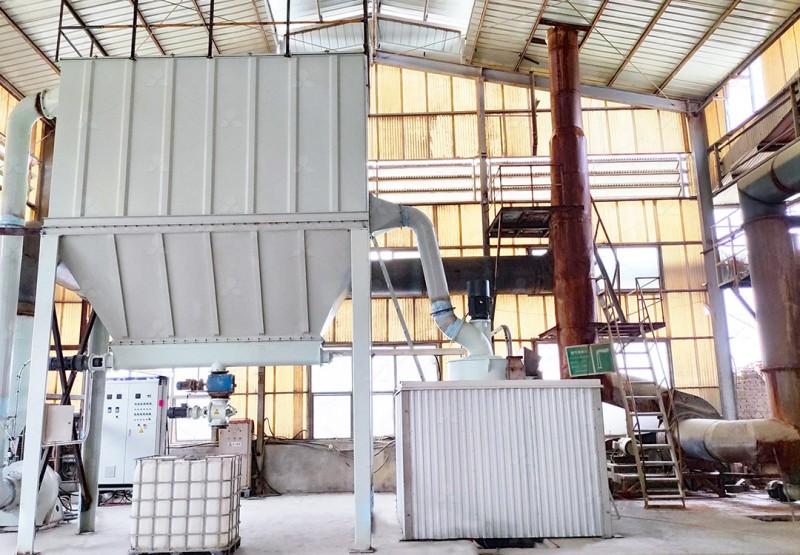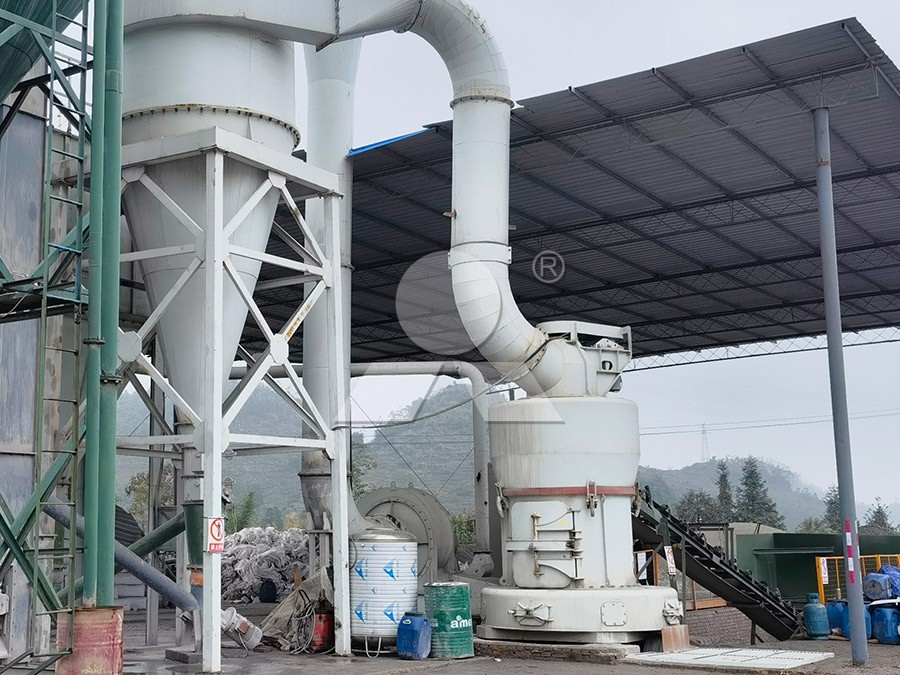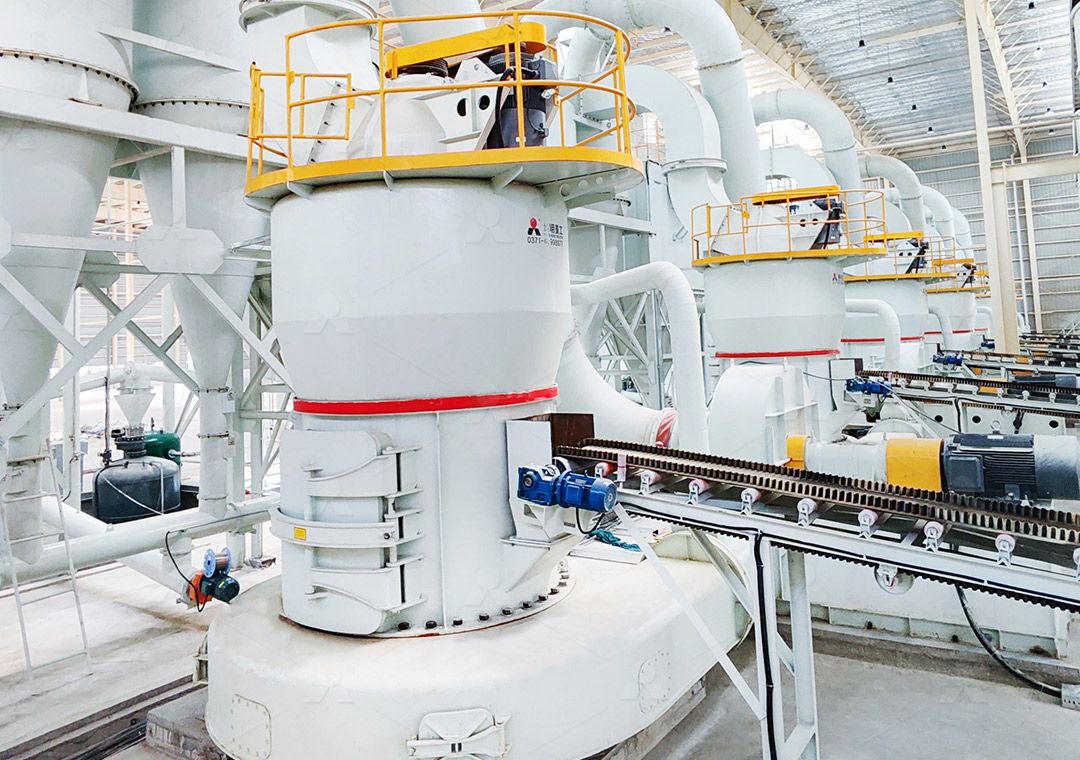Applications of Steel Strip Rolling Mills in Modern Manufacturing
We provide a wide range of mills — including Raymond mill, trapezoidal mill, vertical mill, ultrafine mill, and ball mill, obtained ISO9001 international quality certification, EU CE certification, and Customs Union CU-TR certification. Suitable for processing minerals such as limestone, phosphate, quicklime, kaolin, talc, barite, bentonite, calcium carbonate, dolomite, coal, gypsum, clay, carbon black, slag, cement raw materials, cement clinker, and more.
The discharge range of these mills can be adjusted to meet specific processing needs, typically from 80-400 mesh, 600-3250 mesh, and can achieve the finest particle size of up to 6000 mesh(D50).
If you are looking for a reliable grinding solution to turn stone or minerals into fine powder, please feel free to contact our online customer service.
Applications of Steel Strip Rolling Mills in Modern Manufacturing
In the heart of modern industrial production, steel strip rolling mills stand as colossal testaments to human engineering, transforming raw, unrefined metal into precise, high-strength strips that form the backbone of countless applications. From the automotive chassis that crisscross our cities to the delicate components within your smartphone, the influence of rolled steel is ubiquitous. The process itself is a ballet of immense pressure and precision, where massive rollers, often powered by sophisitcated grinding systems, compress and elongate heated steel billets into thin, uniform strips with tolerances measured in microns.
The quality of the final steel product is intrinsically linked to the performance of auxiliary equipment used in its production chain, particularly in pre-processing raw materials for various industrial coatings or post-processing slag. For instance, the preparation of ultra-fine powders used in coatings, paints, or even as additives in the steel-making process itself requires grinding technology of the highest order. This is where precision-engineered mills, like our MW Ultrafine Grinding Mill, become indispensable. Designed for customers requiring ultra-fine powder, this machine boasts an input size of 0-20 mm and a capacity range of 0.5-25 tph. It’s equipped with an efficient pulse dust collector and muffler, significantly reducing dust and noise for an environmentally conscious operation. Its ability to handle materials like limestone, barite, and talc makes it perfect for producing the fine powders used in industrial paints and coatings applied to finished steel strips.

Key Sectors Transformed by Rolled Steel
The automotive industry is perhaps the most voracious consumer of rolled steel strip. High-strength, low-alloy (HSLA) steels, processed through advanced mills, provide the critical balance of durability and lightweight design essential for modern vehicles, improving fuel efficiency without compromising safety. Beyond the chassis, rolled steel appears in everything from seat frames to braking systems.
In construction, cold-rolled steel strips offer superior surface finish and dimensional accuracy, making them ideal for structural components, roofing, and cladding. Their consistency and strength allow for the creation of larger, more ambitious architectural designs. The appliance industry relies on this material for the outer casings of refrigerators, washing machines, and ovens, where a perfect finish is paramount.
Furthermore, the electronics sector depends on ultra-thin, specially coated steel strips for electromagnetic shielding and component housing. The precision required here is astronomical, demanding rolling mills that operate with near-perfect consistency, a feat often supported by high-precision grinding technology in their ancillary processes.

The Role of Supporting Technology
The efficiency of a rolling mill line is not just about the main stand. It’s an ecosystem of supporting machinery. This includes pre-treatment systems for material handling and post-processing for waste product like slag. For slag processing and recycling, a robust and efficient vertical mill is key. Our LM Vertical Slag Mill is a specialist in this field. Integrating drying, grinding, powder selection, and conveying into a single unit, it efficiently grinds industrial waste (slag) into valuable powder. With a capacity of 7-100 T/H and handling input sizes of 38-65mm, it reduces the occupational area by about 50% and energy consumption by 30-40% compared to traditional ball milling systems. This recycled powder can then be used in cement and concrete production, contributing to a circular economy within the manufacturing plant.
The digital revolution has also touched rolling mills. Modern mills are equipped with sophisticated PLC control systems, laser gauges, and automated thickness controls, ensuring every inch of strip meets exact specifications. This drive for digital precision mirrors the technology in our grinding mills, which utilize numerical control machining for high-precision core parts, ensuring reliability and worry-free operation.

In conclusion, steel strip rolling mills are more than just metal-forming machines; they are the cornerstone of advanced manufacturing. Their evolution continues to push the boundaries of material science and production efficiency. And as these primary systems advance, so too must the supporting technology, like our MW Ultrafine Grinding Mill and LM Vertical Slag Mill, which ensure that every aspect of the production chain, from raw material preparation to waste recycling, operates at peak performance, sustainability, and precision.
